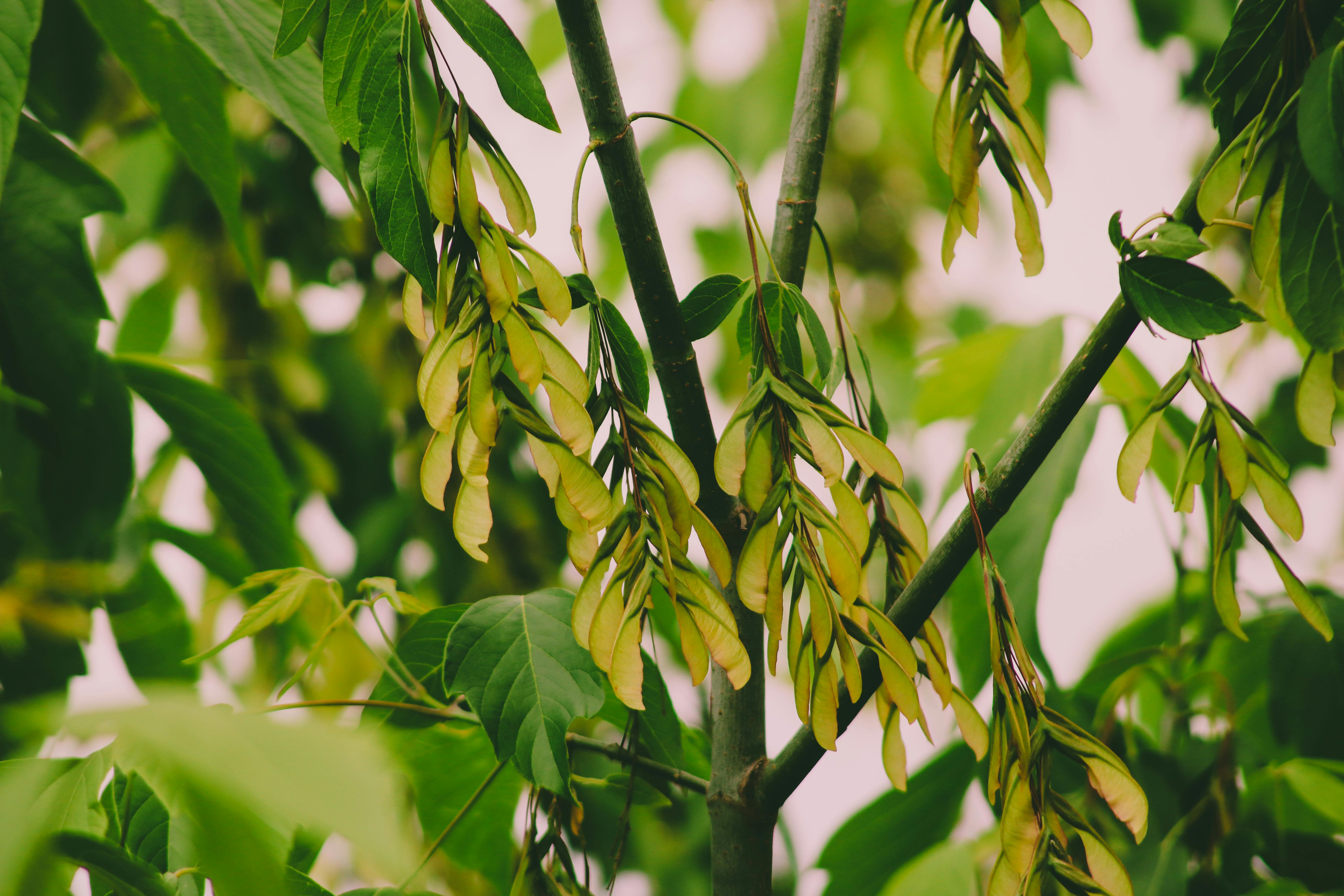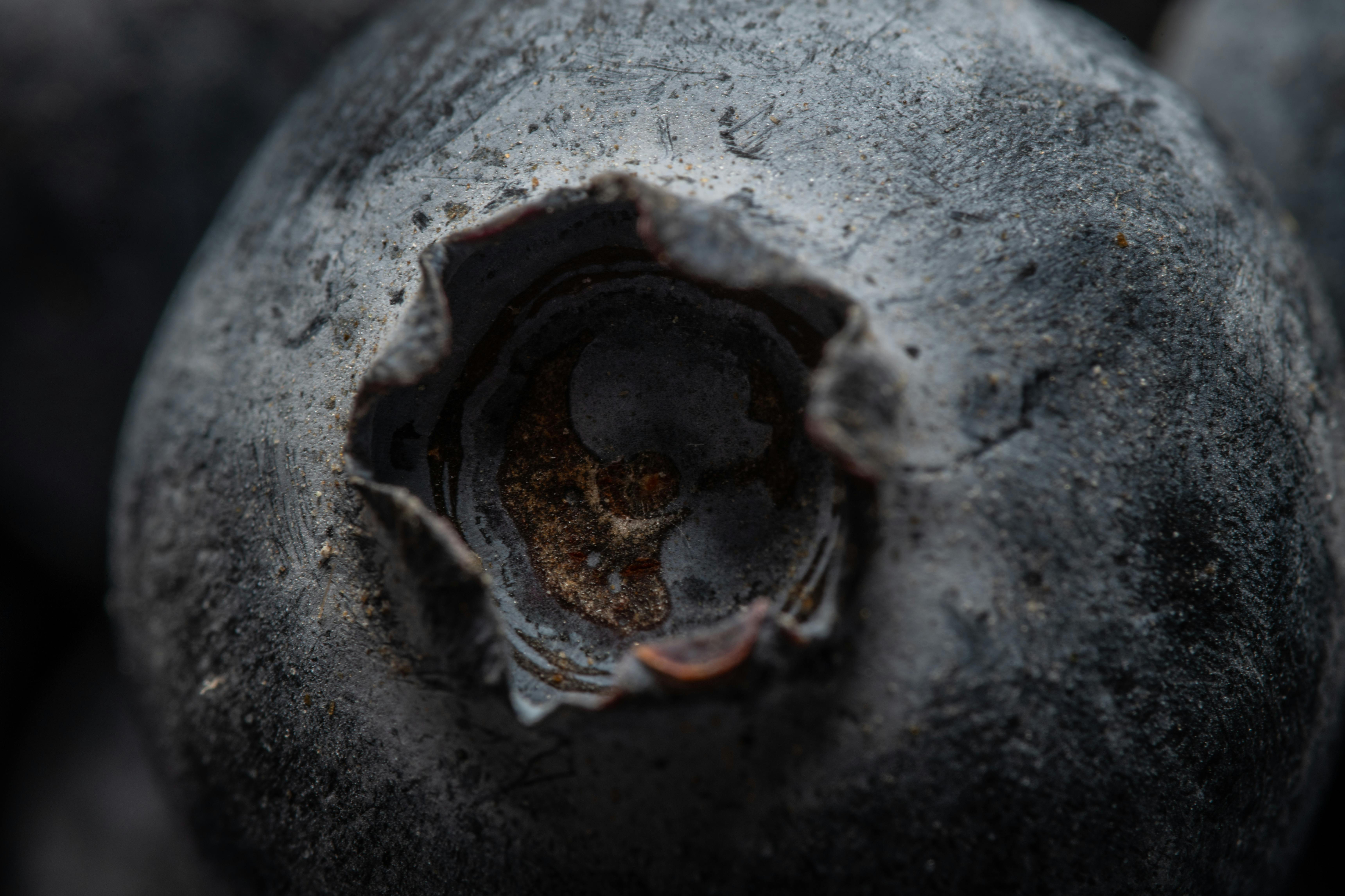How to Plant Blueberry Bushes from Seed
Planting blueberry bushes from seed is an inexpensive and rewarding way to grow your own blueberries. Although it may take a few years for the bush to reach maturity, the process is relatively straightforward. With a little patience and some basic gardening knowledge, anyone can have their own blueberry patch in no time. Here’s what you need to know about planting blueberry bushes from seed.
The first step in planting blueberry bushes from seed is to obtain the right seeds. Look for seeds that have been certified as organic, as these will have the best chance of producing healthy plants. It’s also important to choose a variety of blueberry bush that will thrive in your area’s climate and soil conditions.
Once you have chosen your seeds, it’s time to prepare them for planting. Start by soaking them in lukewarm water overnight; this will help activate the germination process. Once they are soaked, spread them out on a sheet of paper towel and allow them to dry before planting.
Next, fill a pot or container with potting soil and moisten it lightly with water. Place the seeds about an inch apart in the soil and cover lightly with more soil. Place the pot or container in a sunny spot indoors or outside that receives at least six hours of direct sunlight each day.
Keep the soil moist but not soggy by watering regularly; use either filtered water or rainwater if possible. After about two weeks, you should start to see tiny seedlings emerging from the soil. Thin out any overcrowded seedlings so that each one has enough room to grow freely.
Continue caring for your seedlings by providing regular watering and fertilizing every few weeks with an organic fertilizer specifically designed for blueberries. As they get bigger, gradually move them into larger pots so they have enough space to develop their root systems adequately.
When your plants are big enough (about 8-10 inches tall), it’s time to move them into their permanent home outside in your garden bed or landscape design. Make sure you choose an area that receives plenty of sunshine, has well-draining soil, and is protected from strong winds.
Finally, mulch around your newly planted bushes with organic material such as wood chips or bark chips to keep the roots cool during hot summer days and warm during cold winter nights. With regular care and attention, you should start seeing fruit on your bushes within two years!
How to Care for a Blueberry Bush After Planting
Caring for a blueberry bush after planting is an important part of ensuring that it grows and produces healthy, sweet fruits. To ensure that your blueberry bush thrives, you must provide it with plenty of water, sunlight, and nutrients. Additionally, pruning and fertilizing can help the plant to grow properly and produce more berries. With proper care and maintenance, you can enjoy a bountiful harvest of delicious blueberries each year.
When caring for a newly planted blueberry bush, it is important to provide it with plenty of water. Blueberries need at least an inch of water each week in order to thrive. You should also ensure that the soil around the plant stays moist but not soggy. If you are growing your blueberries in containers, make sure to check the soil regularly to ensure that it is not drying out too quickly.
In addition to providing adequate water, your blueberry bush will also need plenty of sun in order to thrive. Most varieties prefer full sun exposure for at least eight hours each day. If you are growing in containers or in an area with shade or limited sunlight exposure, you may need to supplement with some artificial lighting sources such as grow lights or fluorescent bulbs.
Fertilizing your newly planted blueberry bush is also essential for its growth and development. Blueberries prefer acidic soil so a fertilizer designed specifically for acid-loving plants should be used when fertilizing your bush. Fertilize once every two weeks during the growing season with a balanced fertilizer such as 10-10-10 or 8-8-8.
Finally, pruning is an important part of caring for your blueberry bush after planting. Pruning helps keep the plant healthy and promotes better berry production by removing old or diseased branches as well as any branches that are growing too close together or crossing over one another.
By providing adequate water, sunlight, and nutrients as well as regular pruning and fertilization, your newly planted blueberry bush should thrive and produce delicious fruit for many years to come!
Understanding the Water Needs of a Blueberry Bush
Blueberry bushes require regular watering to ensure proper growth and development. The amount of water needed will depend on the type of soil, climate, and stage of growth the bush is in. Knowing how much water to give your blueberry bush and when to water it can help ensure that it is healthy and produces plenty of delicious berries.
For most blueberry bushes, adequate moisture should be provided throughout the growing season. An inch or two of water should be applied to the soil every week, particularly during dry periods. If your area experiences regular rainfall, you may not need to provide additional irrigation. However, if your region is prone to drought or if there are extended dry periods, extra watering may be necessary.
The amount of water needed during different stages of growth will vary. Newly planted blueberries require more frequent watering than mature bushes do—about one-half inch per week for young plants and one inch per week for mature bushes. During hot weather or extended dry periods, you may need to increase your watering to keep plants from wilting or developing stress symptoms such as yellowing leaves.
It’s important that you don’t overwater your blueberry bush; too much water can lead to root rot and other problems. When in doubt, check the soil before watering; if it feels dry an inch below the surface then you should provide additional moisture. Applying mulch around the base of your blueberry bush can help conserve soil moisture and reduce evaporation from wind and sun exposure.
By understanding the water needs of a blueberry bush, you can ensure that it receives the optimal amount of moisture for healthy growth and abundant berry production.

Applying Fertilizer to Aid Growth of a Blueberry Bush
Fertilizers are essential for the growth of any plant, including blueberry bushes. Applying fertilizer to a blueberry bush is an important part of maintaining healthy plants and ensuring that they produce a good crop. Knowing when and how to apply fertilizer can help ensure that your blueberry bush is receiving the nutrients it needs to thrive.
The best time to apply fertilizer to your blueberry bush is at the beginning of the growing season, usually in early spring. Start by mixing the fertilizer into the soil around the base of the blueberry bush. The amount you use will depend on your soil type, as well as how large the bush is. If you’re not sure how much fertilizer to use, consult a local nursery or garden expert for advice.
Once you’ve applied the fertilizer, water it thoroughly so that it reaches all areas around the bush. Make sure that you don’t over-water, as this can cause nutrient runoff or leaching and make it difficult for your blueberry bush to absorb any nutrients from the soil. After watering, mulch around the base of your blueberry bush with an organic material such as pine needles or wood chips. This will help retain moisture in the soil and provide additional nutrients for your plant.
Fertilize your blueberry bush once more in mid-summer when it’s actively producing fruit. Again, be sure not to over-fertilize and always water thoroughly after applying any type of fertilizer. If you follow these steps, you should have healthy and productive plants that produce a great crop each season!
Dealing with Pests and Diseases on a Blueberry Bush
Blueberry bushes are popular fruit-bearing plants that provide delicious, juicy berries during the summer months. Unfortunately, they can also be susceptible to pests and diseases that can damage or even kill the plants. The best way to protect your blueberry bush from pests and diseases is to practice good preventive care. This means making sure your bush is planted in an area with well-drained soil, proper air circulation, and plenty of sunlight. Additionally, you should prune away dead or damaged branches to help keep the plant healthy and vigorous.
If you notice any signs of pests or diseases on your blueberry bush, it’s important to take immediate action. The first step is to identify the problem and then determine what type of control measures are necessary. For example, if you notice powdery mildew on the leaves of your bush, you may need to treat it with a fungicide such as neem oil or sulfur. If there are any signs of insect infestation, you may need to use an insecticidal soap or an organic pesticide such as pyrethrin or spinosad.
In some cases, pests and diseases can be controlled by introducing beneficial insects into the area around your blueberry bush such as ladybugs or lacewings which feed on aphids and other harmful insects. Additionally, certain organic mulches can help deter certain insects from damaging your blueberry bush.
Finally, it’s important to monitor your blueberry bush regularly for signs of pests or diseases so that you can take immediate action when necessary. By following these simple tips for preventive care and pest/disease control, you can ensure that your blueberry bush will remain healthy and productive for many years to come!
Pruning Your Blueberry Bush For Optimal Growth
Pruning is an important part of keeping your blueberry bush healthy and producing maximum yield. Not only does it encourage new growth, but it also helps to keep the plant from becoming overgrown and unmanageable. Pruning is best done in late winter or early spring before the buds have begun to swell. You should remove any dead or diseased wood first, then thin out any overly dense areas of growth. When pruning, make sure to not remove more than one-third of the bush at a time as this can cause shock and weaken the plant. It is also important to cut back branches that are growing at an angle or crossing over each other as this can reduce air circulation and lead to disease.
Once you have finished pruning your blueberry bush, it is important to give it a dose of fertilizer to help promote new growth. Choose a fertilizer that is specifically designed for blueberries and follow the instructions carefully. You may also want to consider mulching your blueberry bush with organic matter such as grass clippings, leaves, or hay. Mulch helps retain moisture and reduces weeds around your bush while also providing nutrients for the soil. Finally, remember that regular pruning throughout the growing season will help ensure that your blueberry bush stays healthy and productive for many years to come!

Conclusion
Growing a blueberry bush from seed is a rewarding process that can lead to an abundance of delicious fruit. To ensure success, it is important to choose the right species of blueberry and to use the best soil and growing conditions. Once planted, blueberry seeds require special care to ensure they germinate and grow into healthy plants. The plants should be watered regularly, fertilized as needed, and pruned regularly. With proper care and attention, a blueberry bush can thrive for many years and produce an abundance of delicious fruit.
Growing blueberries from seed is an enjoyable process that allows gardeners to enjoy the fruits of their labor for years to come. With patience, dedication, and the right soil conditions, anyone can learn how to grow a successful blueberry bush from seed.



